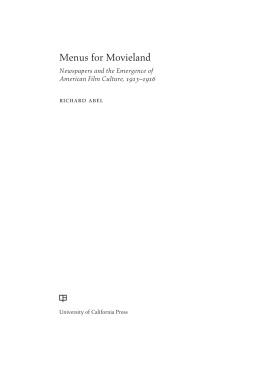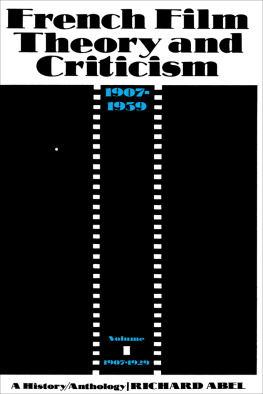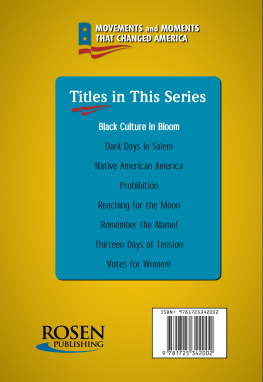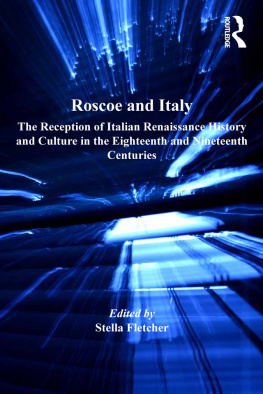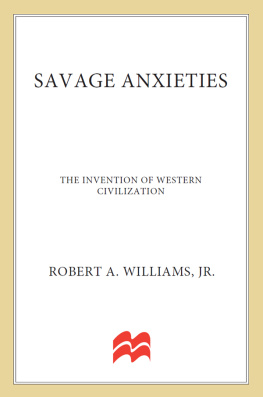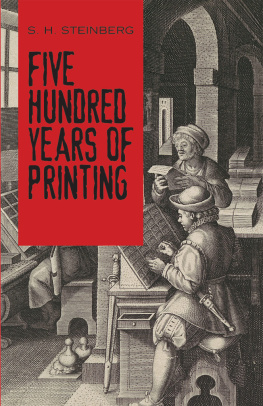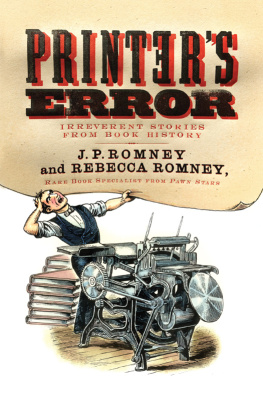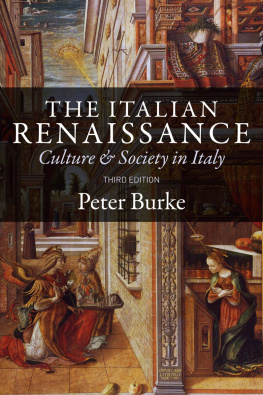First published 2011 by Transaction Publishers
Published 2017 by Routledge
2 Park Square, Milton Park, Abingdon, Oxon OX14 4RN
711 Third Avenue, New York, NY 10017, USA
Routledge is an imprint of the Taylor & Francis Group, an informa business
All rights reserved. No part of this book may be reprinted or reproduced or utilised in any form or by any electronic, mechanical, or other means, now known or hereafter invented, including photocopying and recording, or in any information storage or retrieval system, without permission in writing from the publishers.
Notice:
Product or corporate names may be trademarks or registered trademarks, and are used only for identification and explanation without intent to infringe.
Library of Congress Catalog Number: 2010045632
Library of Congress Cataloging-in-Publication Data
Abel, Richard, 1925
The Gutenberg revolution: history of print culture / Richard Abel.
pages cm.
Includes bibliographical references and index.
ISBN 978-1-4128-1857-5 (acid-free paper)
1. PrintingEuropeHistoryOrigin and antecedents. 2. Printing EuropeHistory16th century. 3. PrintingEuropeHistory 17th century. 4. PrintingWestern countriesHistory. 5. Europe Intellectual life. 6. Civilization, WesternHistory. I. Title.
Z124.A519 2011
002.094dc22
2010045632
ISBN 13: 978-1-4128-1857-5 (hbk)
ISBN 13: 978-1-4128-4952-4 (pbk)
Introduction
Abel Richard
Books are not absolutely dead things but doe contain a potencie of life in them to be as active as the soule was whose progeny they are: nay they do preserve in a violl of the purest efficacie and extraction of that living intellect that bred them.
John Milton, The Areopagitica
Never since the sun has stood in the firmament and the planets revolved around him had it been perceived that mans existence centers in his head, i.e. in Thought, inspired by which he builds up the world of reality.
Georg W.F. Hegel, The Philosophy of History
One of the most puzzling lapses in the historical accounts of the rise of the West from a state of relative backwardness in the near millennium following the decline of the Western Roman Empire in the fourth to fifth AD period to that of a remarkably robust cultural achievement by the fifteenth to sixteenth century is the casual way in which historians have dealt the grave epistemological problem in the West and Gutenbergs invention of printing. The cultural achievement which was in the centuries following the fifteenth century came to be the cultural configuration of not just the West but of much of the rest of the world is an unimaginable absent Gutenbergs gift and its subsequent widespread adoption across most of the world. By the fourth or fifth century, the major implications of the new religious order of Christianity had been debated and resolved. So the cultural vitality inherent in the required intellectual effort had been largely exhausted. But no substantial body of new ideas had been introduced to foster further explorations dedicated to the search for the good and the true. It was only with the coming of the printed book and the resultant wide dissemination of an advanced ideational hypothesis that the idea generation in the West took wings.
Virtually, every historian of any stature writing of the Renaissance and/or the centuries following merely mentions the printed book in passing as one of the three notable inventions of the fifteenth century. The printed codex is simply lumped with the two other major fifteenth-century inventions of the compass (actually the invention of the compass card providing minute directional headings) and gunpowder. Galileo so lumped these three innovations together. Since then, historians and history of ideas writers have almost universally repeated Galileos formulation. The blind Milton, in his defense of the freedom of the press at the time of the English Revolution, was one of only a few to recognize the crucial importance of the immense and powerful knowledge engine of cultural generation that Gutenberg brought into being.
It almost would seem that the advent of the first examples of the cultural power of multiple identical copies of the same book text made possible by the introduction of the integrated technology of type, the press, and the printing on vellum, parchment, or paper coupled with the widespread dissemination thereof would offer a red flag achievement to historians. The historians who so blithely whisk by this radical improvement in the means of hammering out and passing knowledge from one mind to a number of other minds, by contrast, have almost universally commented upon the continuing intellectual and cultural distortions engendered by the errors in and a variety of other linguistic and orthographic eccentricities common to handwritten manuscripts. A significant number of these historians have dwelt in greater or lesser length upon the often-marked differences in the texts of the manuscript copies of the principal texts used across Europe for a millennium and a halfthe Bible, Psalters, or the divergent conduct of the mass throughout Christendom resulting from scribal error in their copying. Yet it seems that Milton was one of the few prepared to give the cultural impact of the stable content of the printed book its due in correcting these shortcomings and in accelerating cultural accumulation. Nicholas of Cusa, one of the leading intellects of the mid-fifteenth century, a cardinal, and the papal legate for the transalpine churches, was much aware of these differences of meaning in the liturgical literature and the resultant departures from a common understanding arising out of the multiple errors of transcription and was likely a keen proponent of Gutenbergs invention.
In the same way, students of the Middle Ages all draw attention to the slow, spasmodic evolution of thought and practice in the period from the fifth to the fifteenth century. They also address the paucity of manuscripts and the meager collections of manuscript books in the monastic libraries and those of a few of the kings or occasional noblemenfive hundred to perhaps more than two thousand in the Vatican library at its best. The medievalists frequently comment, some at length, on the repetitive or arid character of most of the intellectual writings of this near millennium. All also expiate on the obstacles to passing the cultural inheritance on with so few texts and all of them more or less flawed. But few, if any, note the sudden introduction of printed books in multiple copies marking the latter half of the fifteenth century and the sudden upsurge in the generation and testing of ideas in these comparatively few years of this and the following century.
The first serious historian to note and comment upon the cultural nodal point of the fifteenth century and its remarkable transition was Elizabeth Eisenstein in her genuinely magisterial book, The Printing Press as an Agent of Change (1980). In this massive study, Eisenstein traces this sudden acceleration in the generation and exchange of ideas and some of the many consequences flowing therefrom. But in the standard exercise of academic modesty, she characterizes the invention of printing simply as a historical change agent, not as a technological invention that radically transformed the evolution of the culture of the Westmore radically perhaps than did the invention of the steam engine or other technological innovations of the nineteenth century repeatedly but rightly celebrated by historians and writers on the history of ideas and technology. The technological invention and cultural impact of printing warrant a higher place and greater celebration in the history of the West and in the history of ideas than simply as an agent of change. It was surely the latter, but it was of much greater import in the history of Western and world cultural history than simply a change agent. It was a radical resolution of the epistemological problem that had dogged the West for a millennium. It marked not the opening of a new chapter but the opening of an entirely new volume in the history of first the West and later the world. Now this new cultural volume must realistically be viewed in its opening chapters as the third volume in the cultural history of the West, the first volume being the history of the founding and growth of the Judeo-Christian religious tradition and the second being the Greek and Roman classical traditions and practices. These two major cultural traditions did not dry up and blow away but remained as fundamental lineaments of the culture of the West to be augmented, in time, by the cultural accumulations generated in the late medieval times and sharply accelerated from the mid-fifteenth forward.


